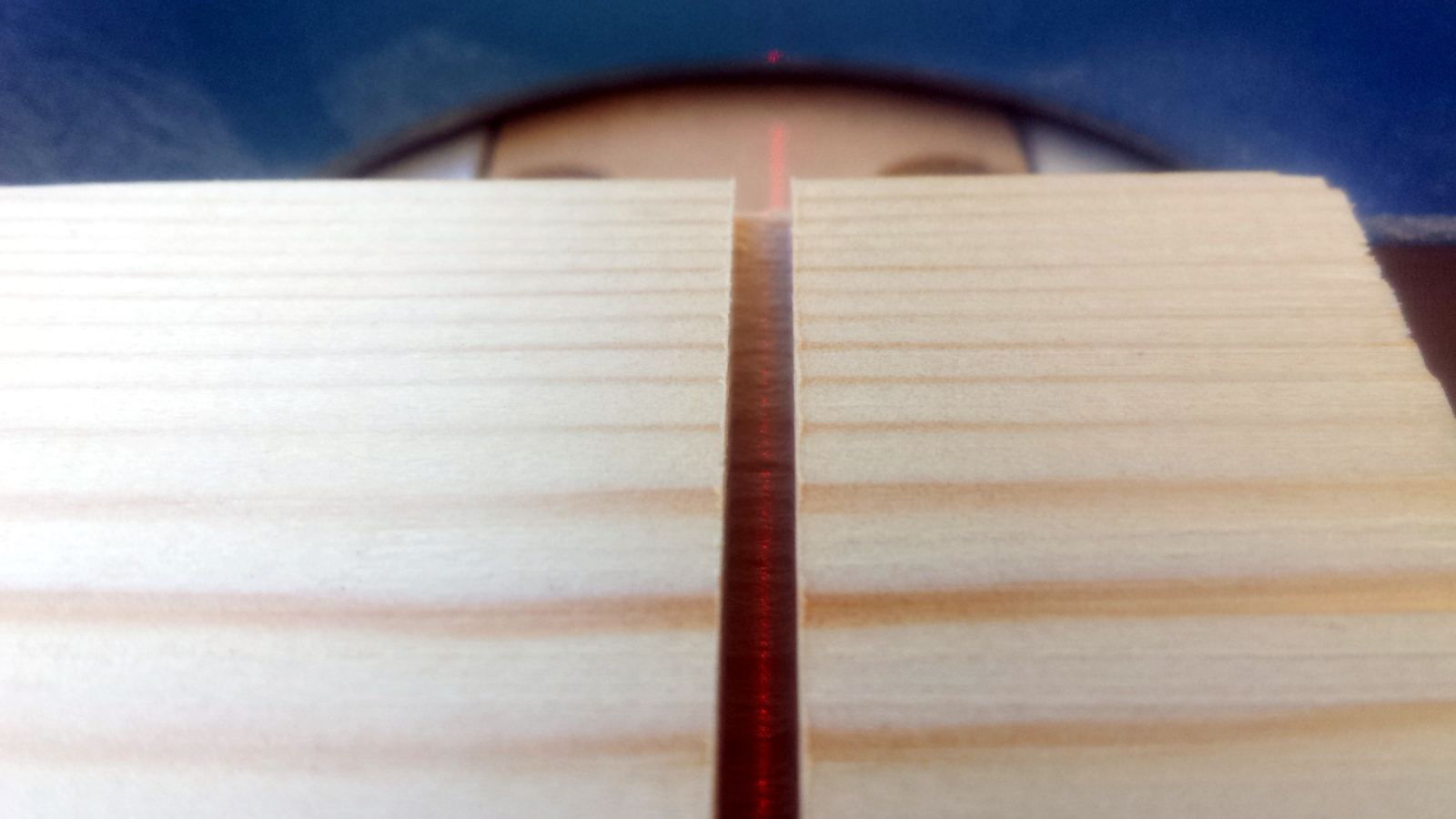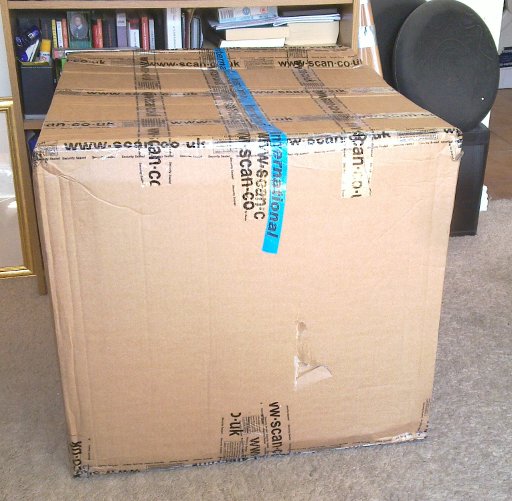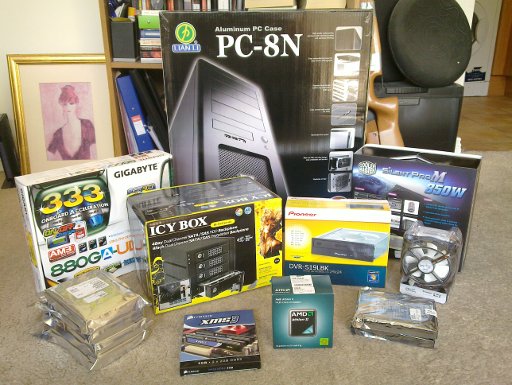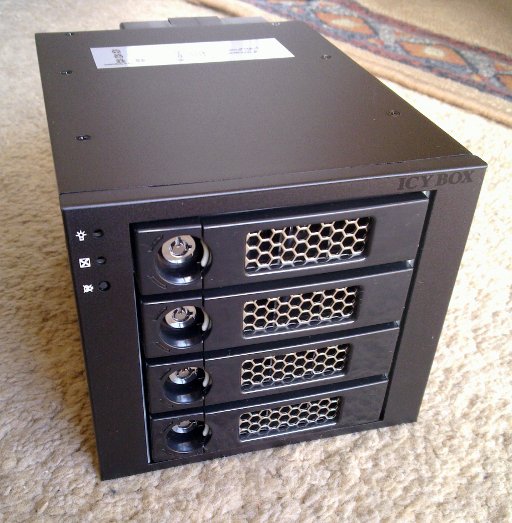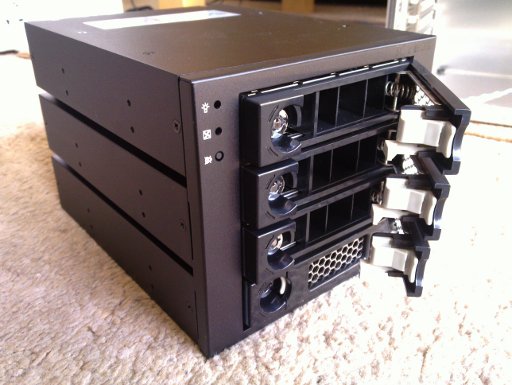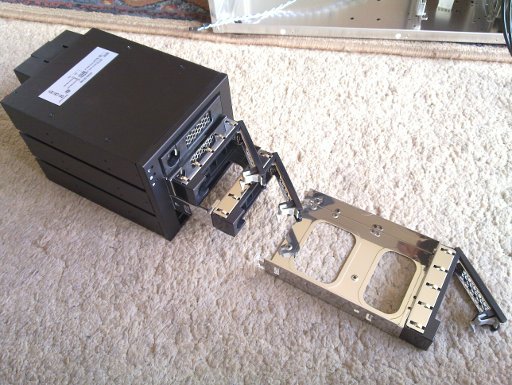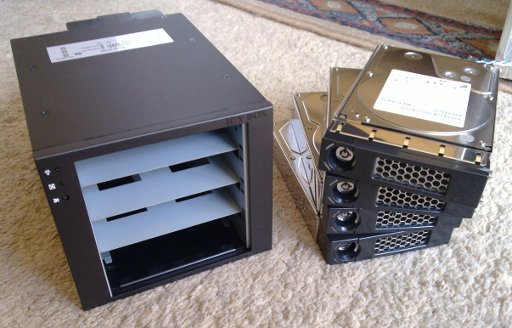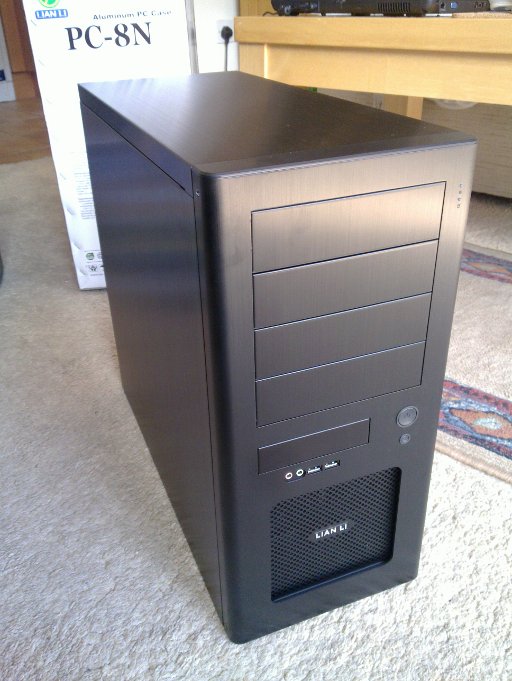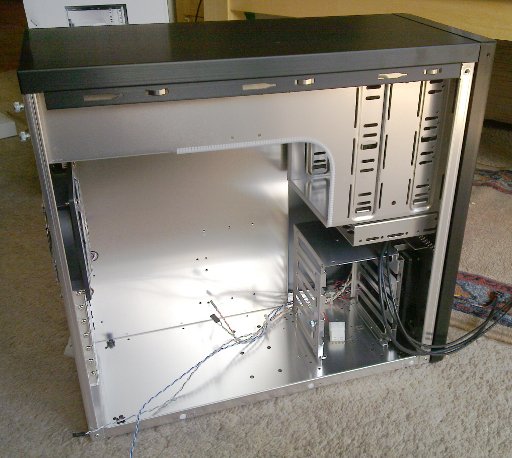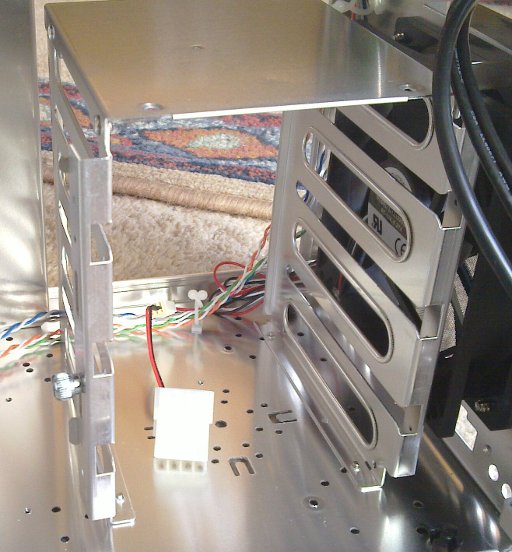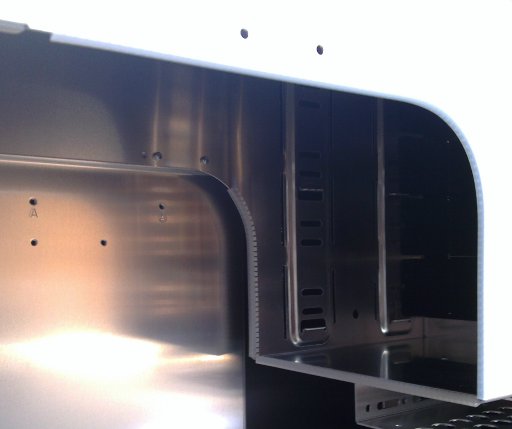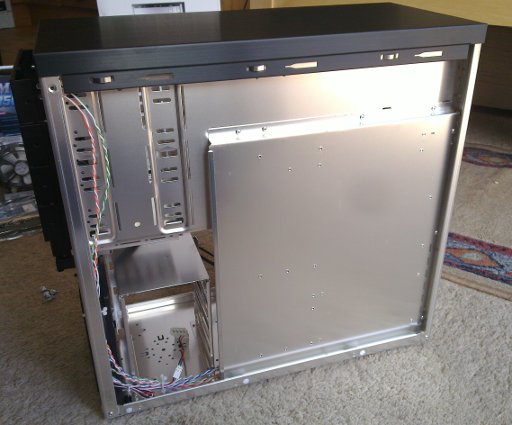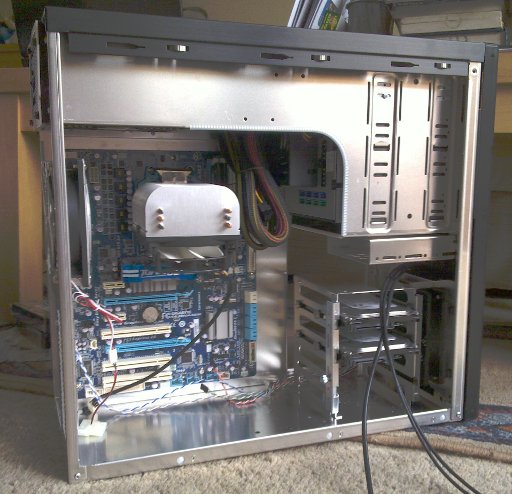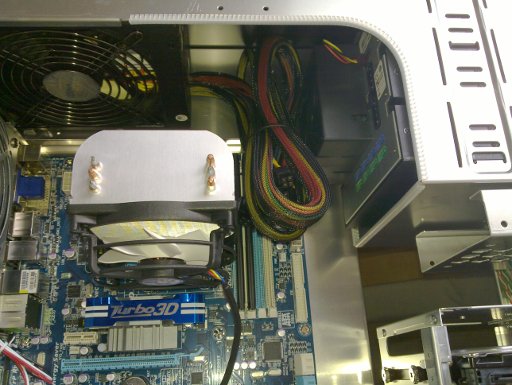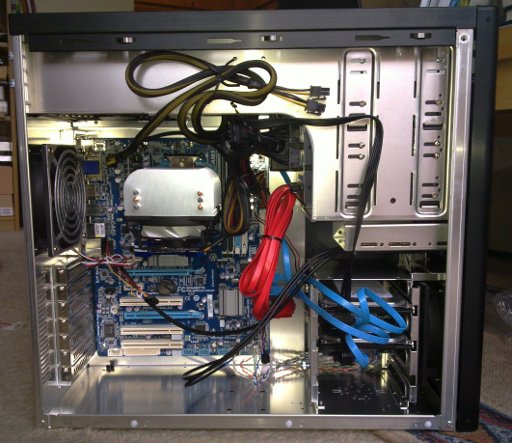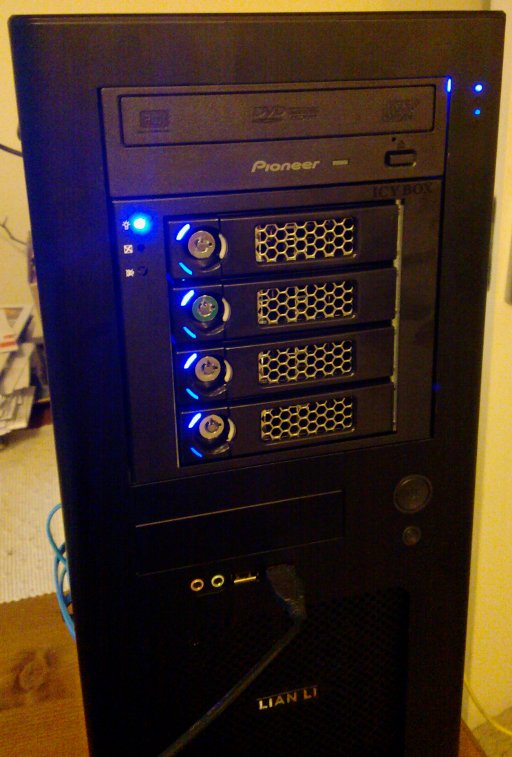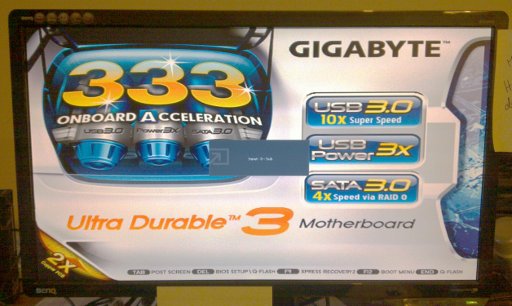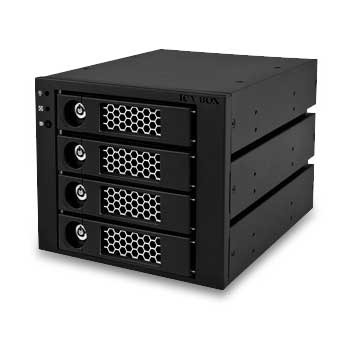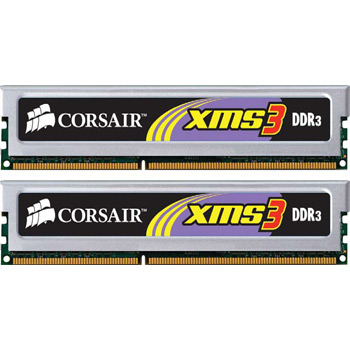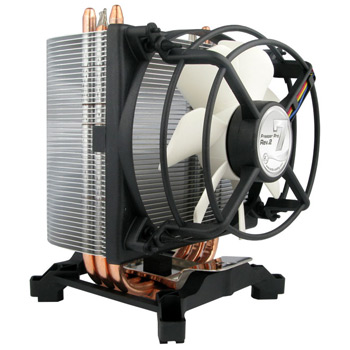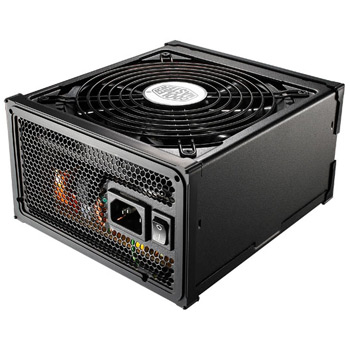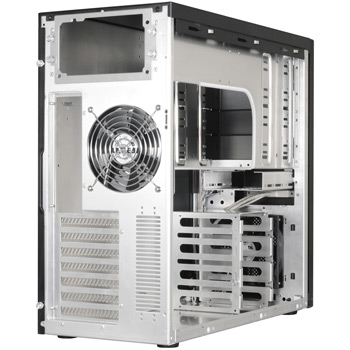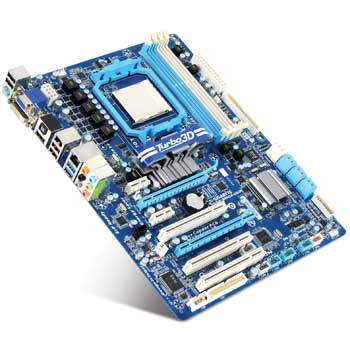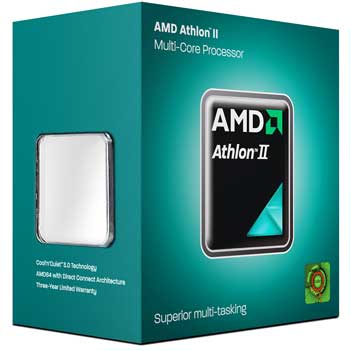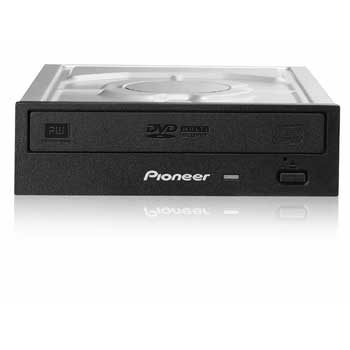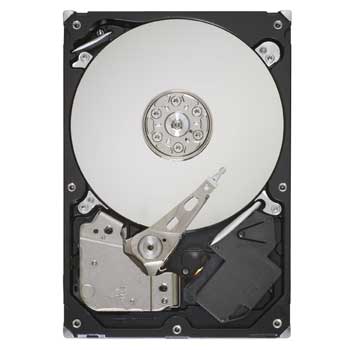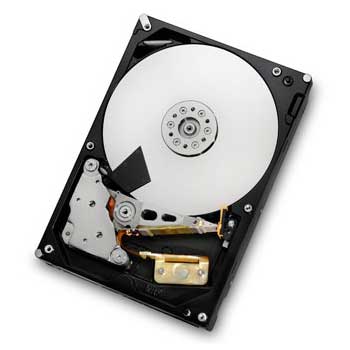New Toys!
05
Aug 11
Home server build, part two – assembly
Continuing on from part one…
Happily the server component parts arrived during my week off, which allowed me to get most of the work on the server done quickly rather than spreading it out over several evenings. Plus, what else would you do on your time off? :)First things first, unpack the very large box, and haul out all its smaller boxes…
I thought I’d start off with the RAID storage subassembly, so I opened up the Icy Box packaging to take a look:
Each tray in the Icy Box can be locked with the bicycle lock you see there; the lock’s purely mechanical, it doesn’t activate power to the drive or anything. The small white catch you can just see to the right of the locks will pop open the handle for the drawer, and allow the hard drive to be removed.
The overall build quality is pretty decent – this is no IBM xSeries rackmount server, but for a home server, it’s more than adequate. It wouldn’t do for SSD drives though as the backplane is only rated to SATAII speeds (even SATAIII hard drives won’t get up past the 3Gb/s limit of SATAII, so a SATAII backplane for a hard drive based RAID array is fine).
The caddys, for example, get their mechanical rigidity from the hard drive in them; that’s perfectly fine in a home server. With the drives installed, the whole unit is quite solid and vibration hasn’t proved to be an issue. The standard jumper settings on the back of the IB-554SK are also perfectly fine for normal home use, which is a pleasantly common-sense approach.
With the RAID subassembly complete, I opened up the box for the overall case. I spent a few extra euros on the case choosing a Lian Li over a more generic tower case because I hate cutting my hands on cases.
It’s quite a pretty thing in its own right, but more importantly, it has enough 5½” external drive bays to take both the Icy Box and an optical drive (yes, you can install linux off a USB stick, I just find it handy to have an optical drive, especially when it can burn disks, which comes in handy quite a lot more than you think it will when you buy it). The reputation for high build quality on the Lian Li cases, by the way, is well deserved if this case is anything to go by:
It’s a well-made, clean design. There are thing I’d like to see that aren’t there, such as vents and fan mounting points in the base, but you can see there’s a single clean line for airflow from the bottom front fan to the top rear fan, and both fans are whisper-quiet (the hard drives are louder than the fans) and effective (the server’s been running 24/7 for a week since the build without heating issues). For a basic mid-sized tower case, this really is an excellent piece of work. Even the little details, like the folded edges all round and the rubber or plastic grommeting on the edges that couldn’t be folded to save hands from unpleasant nicks and cuts, are done solidly and properly – for example, it wasn’t skipped even in areas you’re not likely to be handling often, such as on the lip of the base behind the 3.5″ hard drive cage or the far edge of the 5½” drive bays (where the motherboard tray almost prevents you from getting your hand into to get cut anyway):
It’s little details like that that make the difference between good workmanship and really excellent workmanship.
You do, however miss the lack of cable ducts on the motherboard tray:
Without them, you have to mount the 3.5″ drives with the SATA connectors facing away from the tray, or your SATA cable routing would be a right pain as the ATX motherboard design usually has them right up alongside where the 3.5″ cage is placed. However, given the quality of the rest of the case, that seems a small problem at best.
Assembling the motherboard was the usual kind of routine – think lego, but more carefully assembled. Once the CPU and RAM were clipped in, and the CPU cooler was ready to be attached, I laid the case on its side, installed the connector panel into the slot at the rear of the case (the usual push-to-fit affair), then installed the motherboard standoffs, slotted the ATX motherboard into place and screwed it down, then clipped on the cooler and stood the case back upright again. Installing the 3.5″ HDDs was very easy, the special mounting screws with anti-vibration grommets go into the drive and have a built-in channel that slides onto the guides in the drive cage. The Icy Box, the Optical drive and the PSU all slid into their respective bays, but weren’t screwed into place just yet:
Once this was done, the cabling came next. Again, I’m never going to win awards for my neatness in these builds, but at least the modular nature of the PSU kept the number of spare power cables floating about to a minimum this time. Which is a good thing – with a full-size ATX motherboard, a large CPU cooler and all the 5½” bays occupied, there’s not much room for PSU cables in this case:
A fair amount of swearing, much cross-checking of manuals and not enough tie-wraps later, and the hardware section of the build was done:
Now for the smoke test…
And unlike the last build, we actually get slightly more than just a few LEDs to show for all our money:
So that took most of an afternoon and an evening to do (mainly because I wasn’t rushing and had dinner half-way through). Next step is to install Debian and start configuring the server – but that’s another post….
27
Jul 11
Home server build, part one – specifications
So between my laptop and herself’s, we have a fair amount of valuable (to us) data – MSc essays and coursework, book manuscripts, half a gigabyte of open source projects, Phd programming work, wedding photos and video, and about 19 gigabytes of other photos and video, eight gigabytes of target shooting documents and images, half a gigabyte of academic papers… well, you get the idea. So when my laptop hard drive started to hiccup and its SMART report started complaining of bad blocks and imminent failure within 24 hours… well, it prompted some concern 🙂 Most of the important data was backed up on my server (which is not just off-site, but out of the country) using rsnapshot, but there’s nothing like an incipient disaster to make you review your disaster recovery protocols 😀
Besides, I had been planning for some time to offload the bulk data storage (video files and so forth) to a NAS, and while buying an off-the-shelf NAS box is certainly an option:
- building your own can give you more capability for less outlay;
- building your own allows you more functionality than just NAS storage – in this case, I had a few other tasks in mind for this box;
- building your own is something every sysadmin should do for CPD if nothing else. 🙂
So, what’s the specification? The list of tasks is fairly straightforward to start with:
- NAS storage
- Central print server (and scanner at some point)
- Backups of both laptops and off-site storage of those backups
- Central downloading server for bittorrents and so on
- Media server
None of these need much in the way of CPU oomph, though we would need multiple cores as the storage will be some form of software RAID array (and having multiple cores would give more performance than a faster single-core, at least for a given amount of outlay). Not a huge amount of RAM is needed either. But we do need a number of disk interfaces, gigabyte ethernet (and the central router for the network has since been upgraded from the standard ISP’s Zyxel to a gigabyte ethernet Netgear router), and if this is all on the motherboard, so much the better.
And obviously, outlay’s an issue as well. Buying an off-the-shelf NAS box (a Synology DS411+) and stocking it with disks (4x Hitachi 2Tb Deskstar drives) would cost approximately €960 (priced on scan.co.uk) so the goal was to get in below that threshold.
First off, the CPU. I’m going with the AMD Athlon II X4 645. It’s a quad core processor but quite cheap. It’s a socket AM3 processor, which leads us to the selection of the motherboard, and I’ve chosen a Gigabyte GA-880GA-UD3H, which is the cheapest Gigabyte AM3 board which had six SATA ports and Gigabyte ethernet ports. Add in a fairly cheap 4Gb of RAM (and pause to remember the time back in ’97 just after graduation when we watched with some degree of awe when the TCD sysadmins showed off a whole gigabyte of RAM, which cost about three months disposable income…) and a fairly standard Artic Cooling Freezer 7 for the CPU and that’s the guts of the thing.
Now for storage. The idea here is a degree of future-proofing, and a lot of I-never-want-to-lose-any-data-or-have-much-downtime 😀 So, the OS is going on two 320Gb Seagate Barracuda hard drives in a RAID 1 array. The main data storage will go on four 2TB Hitachi CoolSpin 5K3000 drives, which were chosen after this particularly excellent article from Backblaze about their 135Tb storage pods. And to try to keep stable power lines, an 850W Coolermaster modular PSU. And since this rig will have to last for a while and I hate slicing my hands open on cheap cases, a Lian Li PC-8NB case to mount all of this in, together with an Icy Box IB554SK SATA RAID frame because when the hard drives fail (and all drives will), I don’t want to have to disassemble the entire box to fix the problem (though, yes, if the OS drives I might have to, but you could always add another Icy Box or similar frame – I was watching the outlay myself). And then just to top it off, a DVD RW drive to make installation a bit easier.
So the full list:
So that’s under the target price, so the order went in on Scan this weekend and is due for delivery in a day or so…
(continued in part two)
